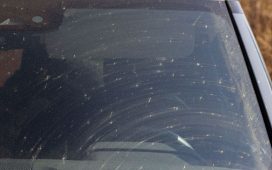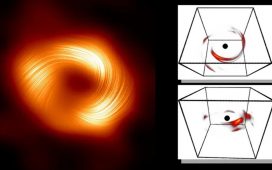Asteroid Day is held on the anniversary of the Siberian Tunguska event, which obliterated swathes of the Siberian forest and remains to be the most powerful explosion to have ever been documented. As the 111th anniversary of the Tunguska Event approaches, Geologist Randall Carlson warned about the terrifying consequences of an asteroid strike on Earth. He told RT News the Tunguska event of 1908 was probably 150ft in diameter and its impact was equivalent to a 15 megatonne hydrogen bomb striking land.
Mr Carlson warned any kind of asteroid strike to the same scale as the Tunguska event would “take out any urban area”.
He warned: “If you had an event equivalent to the Tunguska event of 1908 over a densely populated area, you will probably have millions of casualties.”
The geological theorist warned over 800 square miles were “literally flattened and just mowed over as if they were matchsticks” during the Tunguska event.
He added: “That is a very powerful blast wave that would have the power to knock down buildings.”
READ MORE: NASA asteroid: Scientist warns of ‘IMPACT’ we need to prepare for before it’s TOO LATE
About 200 square miles of that area surrounding the epicentre was “basically incinerated to nothing” following the event, according to Mr Carlson.
When asked what the possibility is of another asteroid strike, Mr Carlson warned: “The odds are higher than most people think.
“For anybody that is paying attention to this sort of thing, there is regularly near misses.
“Last month there was one.
These tiny, rocky objects burn up in the atmosphere before they reach the ground, sometimes leaving behind streaks of light.
Larger meteors and asteroids, which survive the fiery descent, are less frequent but more dangerous.
NASA estimates a car-sized rock strikes the Earth approximately once every 12 months or so.
The space agency said: “Between frequent shooting stars we wish on in the night sky and the massive extinction-level asteroids that we hope we never see, there is a middle ground of rocks sized to make it through the atmosphere and do serious damage to a limited area.”







